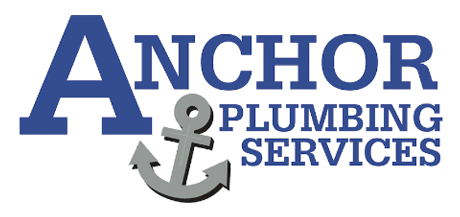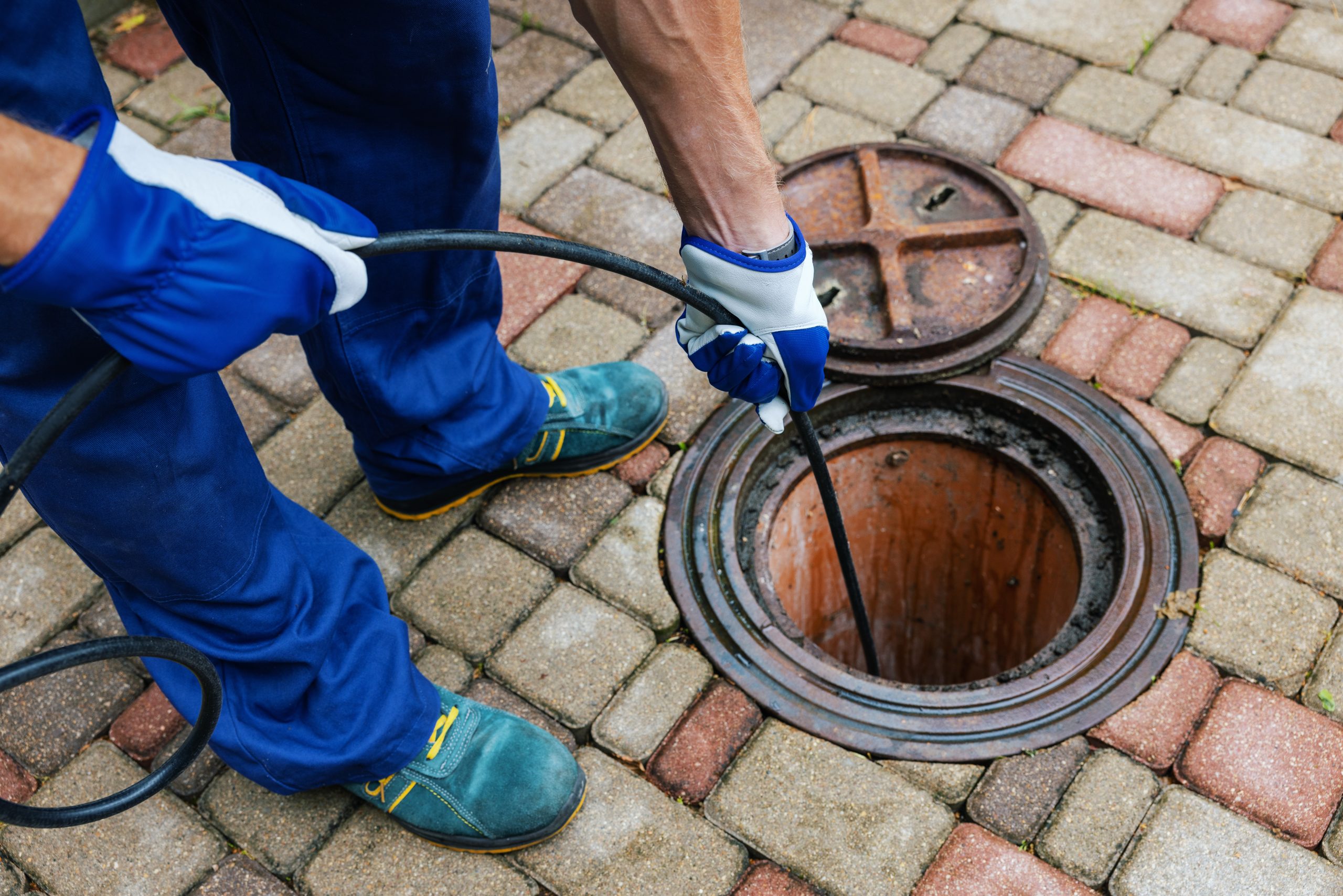Water softener system costs in 2025 vary widely depending on system type, installation complexity, and ongoing maintenance needs. Whether you’re considering a salt-based softener for hard water or a low-maintenance salt-free model, understanding the full cost breakdown helps you make an informed decision.
This guide provides a complete overview of residential water softener pricing in 2025, including system comparisons, installation fees, maintenance costs, and how local conditions like San Antonio’s hard water levels impact your total investment.
What is a water softener system and how does it work?
A water softener system is a household appliance designed to remove hardness minerals such as calcium and magnesium from water. Hard water can damage pipes, reduce appliance efficiency, and leave residue on surfaces.
A standard water softener includes three main components:
- Resin tank – where ion exchange occurs
- Brine tank – holds the salt solution used for regeneration
- Control valve – regulates the water flow and regeneration cycle
The most common method used is ion exchange. In this process, hard water flows through resin beads charged with sodium or potassium ions. These beads capture calcium and magnesium ions and release sodium in return.
A salt-based water softener removes calcium and magnesium using sodium ions.
Salt-free water softeners use template-assisted crystallization (TAC). These systems transform hardness minerals into crystals that do not adhere to surfaces. Unlike ion exchange, they do not reduce the hardness level, but they prevent scale buildup.
How much does a water softener system cost in 2025?
Most water softeners cost between $800 and $3,000 in 2025, depending on system type, features, and installation method.
The price of a water softener system is primarily determined by the technology used, system capacity, and whether it’s professionally installed or DIY-installed. A basic salt-free softener may cost as little as $500, while advanced dual-tank systems can exceed $4,000, including professional installation and optional accessories.
Average Cost Ranges by System Type:
- Salt-based systems: $600–$2,500
- Salt-free systems: $500–$2,000
- Dual-tank systems: $1,200–$4,000
- Reverse osmosis systems: $1,000–$3,000

Salt-based systems are the most common and effective for treating high levels of hardness, especially above 15 GPG (grains per gallon). Salt-free systems are preferred in areas where salt discharge is restricted or low maintenance is desired. Dual-tank softeners offer uninterrupted service and higher grain capacity, which makes them suitable for large households. Reverse osmosis systems soften water and filter out additional contaminants but typically serve a single faucet or appliance.
What factors affect the price of water softener systems?

Water softener system prices vary due to grain capacity, brand, certifications, and local water quality. Systems with higher capacity, advanced technology, and reputable brand warranties typically cost more.
Key Attributes Affecting Cost:
- Grain Capacity: Systems are rated by grain capacity, which measures how much hardness they can remove before regeneration.
A 32,000-grain unit may cost around $700, while a 64,000-grain model could reach $1,500 due to its larger resin volume and longer service life. - Brand: Popular brands like Culligan, Whirlpool, and AO Smith charge premium rates due to higher build quality, customer support, and extended warranties.
- Efficiency Ratings: Certified models that meet NSF 44 or WQA Gold Seal standards ensure tested softening performance and salt efficiency. These models may add $100–$300 to system costs but reduce operating expenses over time.
- Water Hardness Levels: Hardness above 15 GPG often requires a higher-capacity system or more frequent regeneration, increasing both upfront and long-term costs.
Homes in hard water zones like San Antonio, TX commonly require 48,000–64,000 grain systems.
Is installation included in water softener system cost?
Installation is often a separate expense, typically ranging from $300 to $1,000 depending on system complexity and local plumbing requirements.
Most manufacturers sell water softener units without bundled installation. Homeowners may hire a licensed plumber for professional water softener installation or attempt DIY installation, especially with simpler systems. However, DIY setups may lack compliance with plumbing codes or warranty conditions.
Installation Methods:
- Professional Installation: Involves licensed labor, proper drainage setup, backflow preventers, and inspection approval. Labor cost ranges from $300 to $1,000 depending on the home’s layout and water line access.
In cities like San Antonio, licensed plumbing installation is required if connecting to municipal water supplies. - DIY Installation: Some compact or pre-assembled softeners support homeowner installation. Although it reduces labor costs, it can lead to code violations, especially without knowledge of PEX piping, drainage connections, or electrical grounding.
Other Cost Factors:
- Permit Fees: Many municipalities, including San Antonio, require a plumbing permit for water softener installation. Permit fees typically range from $50 to $150.
- Backflow Prevention: State plumbing codes often mandate backflow devices, which add $100–$300 to total setup costs.
What is the cost difference between salt-based and salt-free systems?

Salt-based water softeners cost more to maintain but provide higher performance for very hard water. Salt-free systems are lower in maintenance but less effective for extreme hardness.
Water Softener System Comparison:
| System Type | System Cost | Installation Cost | Maintenance/Year | Lifespan |
| Salt-based | $600–$2,500 | $300–$1,000 | $100–$300 | 10–15 years |
| Salt-free | $500–$2,000 | $300–$800 | $50–$150 | 10–20 years |
Salt-based systems remove calcium and magnesium ions through ion exchange, making them ideal for homes with hardness levels above 15 grains per gallon (GPG). These systems require regular salt refills and occasional resin replacement, increasing lifetime costs.
Salt-free systems, often using template-assisted crystallization (TAC), don’t actually remove minerals but prevent them from forming scale. They’re preferred in eco-sensitive areas and require less frequent maintenance.
Advantages:
- Salt-based systems: Best for hard water, higher upfront and maintenance cost, uses sodium or potassium.
- Salt-free systems: Low-maintenance, more sustainable, but less effective above 15 GPG.
For homes in hard water regions like San Antonio, salt-based systems are generally more effective despite the higher cost.
Are there hidden costs in owning a water softener?
Yes, owning a water softener includes hidden costs such as salt, electricity, and occasional part replacements that can add up over time.
While the system and installation represent the main upfront costs, long-term ownership involves several ongoing but essential expenses. Understanding these costs ensures accurate budgeting.
Recurring Hidden Costs:
- Annual Salt Cost: Salt-based systems require regular salt refills. Most households spend $40 to $120 per year on softening salt, depending on water usage and regeneration frequency.
- Resin Replacement: Resin beads lose exchange capacity over time. Most systems require resin replacement every 7 to 10 years, costing between $100 and $300.
- Electricity Usage: Water softeners use electricity during regeneration cycles. The energy cost is minimal, usually between $10 and $20 per year.
- Filter Replacements: If the system includes pre-filters or sediment filters, replacements are needed every 6 to 12 months, costing $20 to $100 annually.
These maintenance costs may vary based on water hardness, system efficiency, and household size.
How do local factors impact pricing?
In San Antonio, water softener costs are influenced by high water hardness, permit fees, installer demand, and available rebates.
Local Pricing Influencers:
- Water Hardness in San Antonio: The average hardness in San Antonio ranges from 15 to 20 grains per gallon (GPG). Homes in this range typically require high-capacity salt-based softeners (48,000–64,000 grain), which cost more than smaller systems.
- Installer Competition: The cost of professional installation varies depending on plumber availability. In high-demand seasons, prices increase due to limited licensed contractors.
- Permit and Inspection Requirements: San Antonio requires a plumbing permit and backflow prevention device for systems connected to the municipal supply.
Permit fees add $50–$150. Backflow devices may cost an additional $100–$300, depending on model and installation complexity.
- Rebates and Credits: Occasionally, the city or utility companies offer rebates for water-efficient systems. These incentives reduce the overall system cost by $100 to $300, depending on local programs.
In San Antonio, installation cost ranges from $350 to $950 due to labor, plumbing modifications, and code compliance.
Frequently Asked Questions
Is a water softener worth the cost?
Yes, it extends plumbing lifespan and reduces soap and detergent usage, saving $200 to $500 annually in utility and maintenance costs.
Water softeners prevent scale buildup in pipes and appliances, which lowers the risk of water heater failure, clogged plumbing, and increased energy use. These long-term savings offset the initial investment, especially in areas with hard water.
Can I install a water softener myself?
No, unless you have plumbing experience and understand building codes. Otherwise, hire a licensed installer. DIY installation can void warranties, lead to cross-contamination, or violate local plumbing regulations. Professional installation ensures proper drainage, electrical connection, and compliance with municipal codes, especially in cities like San Antonio.
How often should I service my system?
Schedule annual service for salt-based systems, including filter inspection and brine level checks. Resin replacement is needed every 7 to 10 years. Regular maintenance ensures consistent performance and prevents efficiency loss. For salt-based systems, monitor the brine tank monthly and check for salt bridging. Filter cartridges in pre-filtered systems may need semi-annual replacement.
Do I need a plumber to install a water softener?
Yes, in most cases. A licensed plumber is required when connecting to municipal water lines or installing backflow prevention devices. Some municipalities legally require a permit and inspection. Professional installers ensure correct piping, drainage slopes, bypass valve installation, and grounding, reducing risk of leaks or code violations.
Final Thoughts
In 2025, water softener system pricing depends on system type, installation complexity, and local water conditions. Homeowners can expect to pay between $800 and $4,000 in total for a system, including setup and 10-year maintenance.
Salt-based systems offer more effective performance in high-hardness areas but come with higher long-term costs. Salt-free systems are budget-friendly and low-maintenance, ideal for mild to moderately hard water.
For expert installation in San Antonio, Anchor Plumbing Services offers reliable water softener setup with code-compliant workmanship and transparent pricing. Our licensed plumbers ensure efficient, long-lasting performance tailored to your home’s water conditions.









